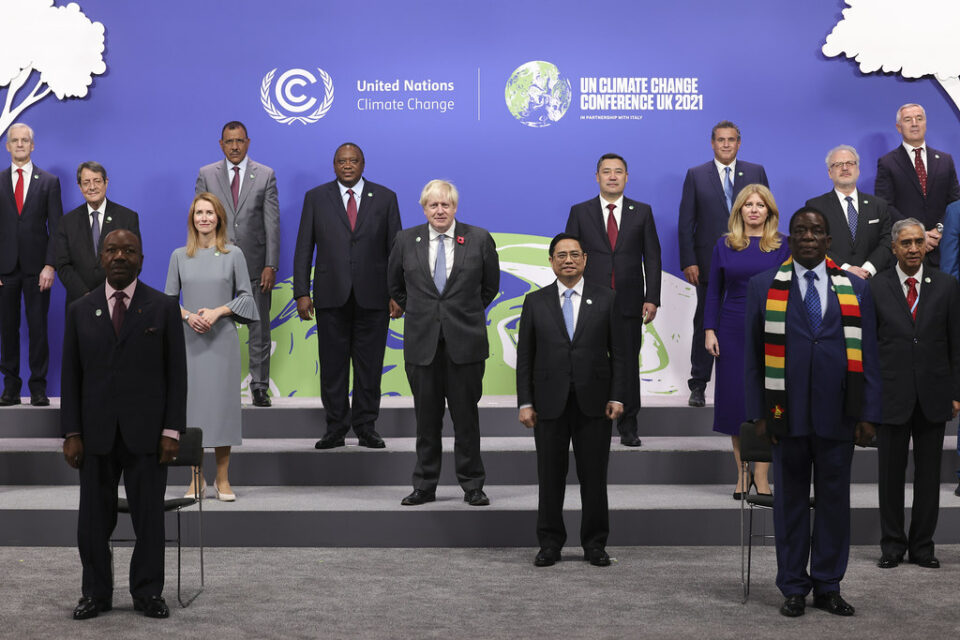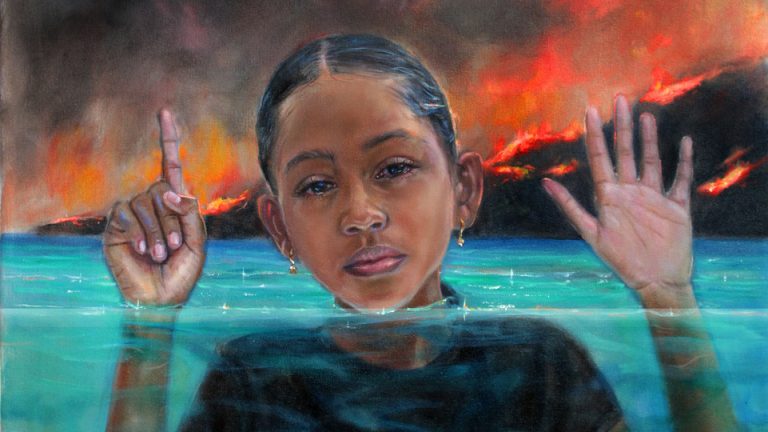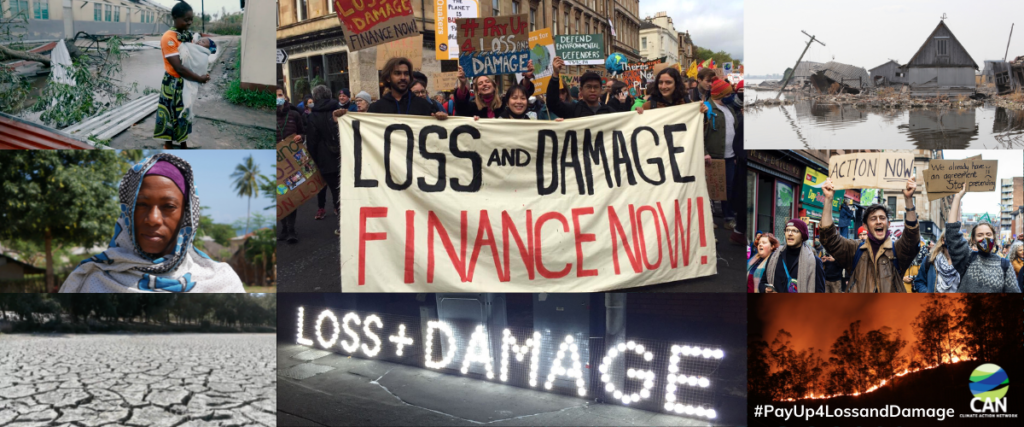Anthropogenic activities across the globe have contributed massively to the climate crisis, which has brought serious effects on human lives and the environment. Climate analytics defined “Loss and Damage” as climate impacts surpassing the adaptive capacity of countries, communities and ecosystems. This tragedy is taking a great pace in the Least Developed Countries (LDCs), Small Island Developing States (SIDS) and other developing countries.
Slow but rolling impacts like extreme temperatures, rising sea levels, and extreme weather events like cyclones, hurricanes and floods are among the hazards that have led to disasters in different parts of these nations. With the existing and projected emission scenarios, the existing adaptation strategies will not save the purpose. It is time for the developed nations to work strategically with vulnerable countries to finance sustainable approaches while providing technical support to minimize the risks as “there is no one-size-fits-all solution”

In the early two weeks of November 2021, the UN climate conference, COP26 was held in Glasgow and it was appreciated to be a critical time for the leaders to come up with great commitments and plans for serving the globe from reaching 1.5oC by 2030 while harmonizing on the pledges for serving the vulnerable nations from the climate crisis. Photo credit: ODG. (2021, December 5). What came out of COP26?.
In the early two weeks of November 2021, the UN Climate Conference, COP26 was held in Glasgow. It was appreciated to be a critical time for leaders to come up with great commitments and plans for serving the globe from reaching 1.5oC by 2030 while harmonizing on the pledges for serving the vulnerable nations from the climate crisis.

For nearly a decade, “Loss and Damage” has been a subject at the annual UN Climate Change Conferences (COPs). This marked the formation of the Warsaw International Mechanism (WIM) for Loss and Damage in 2013, “Loss and Damaged” in the Paris Agreement (Article 8) in 2015 and the incorporation of “Loss and Damage” into the Paris Agreement’s transparency and global stocktake in 2018. “Loss and Damage” have been well documented since the Paris Agreement in 2015 but with less emphasis during climate conferences. During COP26, leaders from vulnerable nations presented clearly how their citizens suffer from the existing climate impacts and mentioned that “climate emergency is a matter of life or death for their people”
LDCs, SIDS and other developing countries had a lot of hopes of winning the commitments to compensate for the prevailing and future damage caused by industrialized nations. In East Africa; a Kenyan delegate elucidated how climate-caused drought brought starvation to 2.1 million people. From the Islands of Tuvalu in the Pacific, leaders, representatives, stakeholders, indigenous people and local communities conveyed the message on the climate crisis and how it has affected their area and called for immediate actions from developed nations. Sea level rise threatens Tuvalu Island as it is at risk of vanishing if no immediate actions will be taken. Also, World Bank reported in October 2021 that a “rise in sea level could affect Marshall Island’s status as a nation”.

The Island kid and a private citizen leading climate change actions – Barack Obama reminded the leaders to serve the Islands as they are at high risks of climate change impacts and it should not take years to solve these challenges but to “Act Now”. Obama quoted an old Hawaiian saying, ‘Pupukahi I Holomua’ ‘unite to move forward. “It’s a reminder that if you want to paddle a canoe, you better all be rowing in the same direction and at the same time. Every oar has to move in unison,” He promised to push for climate actions as a private citizen.
“Loss and Damage” Next Step after COP26.
Scotland led by example as a pledge of £1m which was later doubled to £2m was mentioned to cover for “Loss and Damage” by Scottish first minister Nicola Sturgeon. It was explained that support and action to avert, minimize and address loss and damage is part of international assistance under adaptation, disaster prevention, preparedness, and response and rehabilitation budgets. It was the first money ever dedicated to this cause.
More pledges came from five philanthropic funds that devoted a total of $3 million to the Glasgow Loss and Damage Facility: Children’s Investment Fund Foundation (CIFF), the European Climate Foundation, and the Hewlett Foundation, the Open Society Foundations and the Global Green Grants Fund. Kate Hampton of the CIFF said that “this was just the start and must lead to meaningful finance from rich countries. The inequity of climate change must be confronted in the final hours of Cop26 and must not be forgotten when the meeting closes. We stand behind all those speaking up for the world’s most climates vulnerable.

Barbados Prime Minister Mia Mottley said in COP26 that “It is unjust and it is immoral,” “It is wrong,” and that developed nations should act on this immediately as they are the large emitters of GHGs since the Industrial Revolution era while developing nations have less contribution on this but still bearing the consequences. There is a great drive on loss on damage funding from the G77 + China. They want a “loss and damage facility” to be established by COP26, a formal delivery body for funding. Further operationalization of the Santiago network was seen as a step forward because it has the potential to address the long-overlooked “action and support” element of the WIM. Santiago network exists as a website set up by the UNFCCC, with links to organizations such as development banks that could support loss and damage.
Find more information in the links below.
- The International Disaster Database
- Introduction to loss and damage
- The Guardian -Tuvalu and COP26
- COP26: The Negotiations Explained
- Warsaw International Mechanism for Loss and Damage associated with Climate Change Impacts
- What Is “Loss and Damage” from Climate Change? 6 Key Questions, Answered
- Loss and Damage in Africa
- Approaches to address Loss and Damage associated with Climate Change impacts in developing countries
- Unpacking finance for Loss and Damage